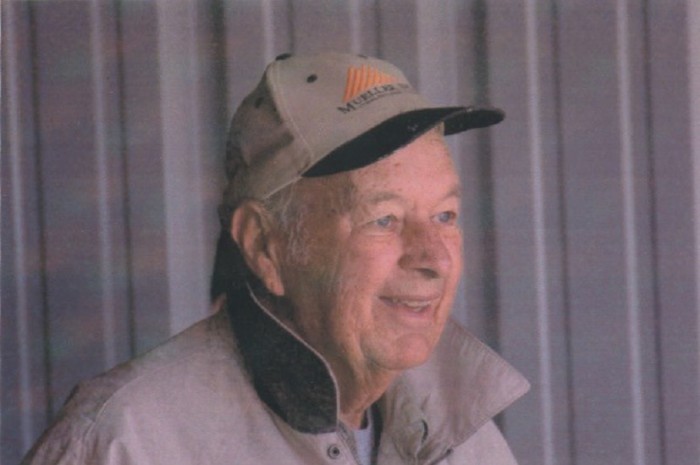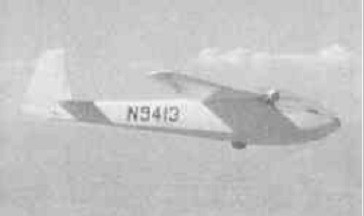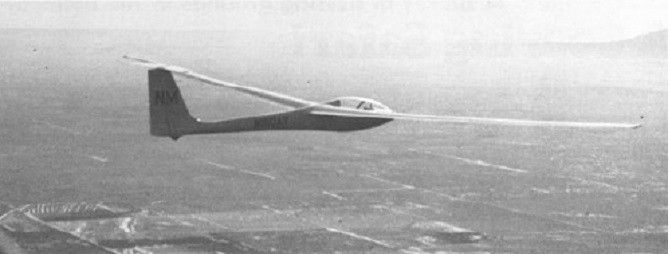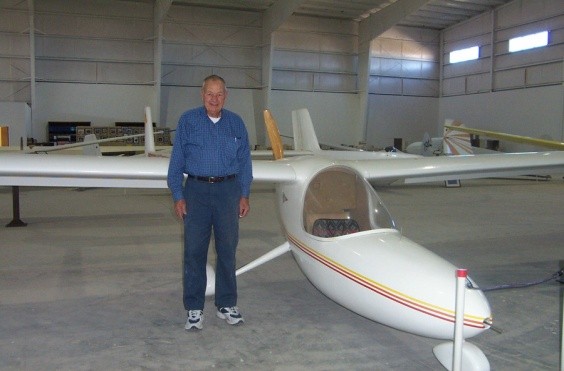George Applebay
1999
about
(1925-2015) Sailplane Designer / Manufacturer, Soaring Museum Founder
Bio

The United States Southwest Soaring Museum exists because of the vision and efforts of George Applebay. He considered Moriarty, NM to be the Soaring Capital of the Southwest due to its wonderful soaring and large fleet of high performance sailplanes. The museum started small with a hangar at Moriarty Airport in 1990 and grew to a 38,000 sq ft building on Old Route 66 in Moriarty.

George is perhaps best known for his many varied and successful sailplane designs. The GA-II Chiracahua is a high-wing, single-seat standard class glider which first flew in 1970 after 11 years of work. This craft had an empty weight of 590 lbs and gross weight 819 lbs. The 15-Meter (49 ft 3 in) wing had a Goettingen 549 airfoil and an aspect ratio of 16.2.

The GA-III Mescalero was designed in response to the SSA's canceled 1970 Sailplane Design Competition but work continued and the sailplane was completed in January 1975. This sailplane is mostly composite construction with a metal and fiberglass wing. The 72-foot wing is built in two pieces and has an aspect ratio of 36 with a Wortmann airfoil. The sailplane can be assembled in ten minutes using special ground handling stands, thus eliminating heavy lifting.
Perhaps his most well-known design was the Applebay Zuni and the later refined Zuni II. These sailplanes are single-seat, water-ballasted designs intended to compete with the European fiberglass gliders in the 15-Meter class. The Zuni was designed in 1975 with particular attention to achieving laminar flow. Using the classic pod and boom layout developed by the German glider manufacturers, the Zuni has a modified Wortmann 67 series airfoil in a relatively thin double taper wing set high on the fuselage with a 1§ dihedral. The integrally molded fin supports the slightly swept all-moving T-tail with a small degree of reflex camber and a partially mass-balanced rudder. Billy Hill flew his Zuni to wins in the 1977 and 1979 Region 9 contests and won the longest task (352 miles) at the 1977 Nationals.
A fatal accident forced the company building the Zuni, Aero Tek, out of business in 1978, but George formed a new company, Applebay Sailplanes, to continue the development of the Zuni.
The Zuni II was announced in 1980, featuring a center stick to replace the controversial side stick. The main gear was repositioned 5 inches farther aft with the resultant c.g. change producing a lighter tailwheel loading and easier directional control on roll out. Full-span carbon fiber spar caps were standard allowing weight to be saved with improved strength and stiffness. The airfoil is a Wortmann FX 67-K-170 with a wing aspect ratio of 22. Empty weight is 535 lbs with a gross weight of 1,200 lbs including 483 lbs of water ballast. Max glide ratio is 38 at 61 mph.

The Applebay Zia is a single-seat, high-wing, twin-boom, pusher motor glider originally designed for the 1982 Sailplane Homebuilders Association Homebuilt Sailplane Design Contest but withdrawn in order to make further changes. The wing span is 46 feet, aspect ratio 18, airfoil Wortmann FX 66-197, empty weight 400 lbs, gross weight 650 lbs. It carries 4 gallons of fuel and has a Rotax 277, 28 hp engine. Max glide ratio is 25.
There is a Zuni II on display at the Smithsonian National Air and Space Museum. In June 2005 the EAA presented George with a Major Achievement Award at Oshkosh during their annual fly-in and air show. The New Mexico State Legislature honored George on February 20, 2015 by naming the Zuni the State Glider. George received a standing ovation from everyone in the Round House in Santa Fe after the Proclamation was read.
George Applebay will always be remembered for his enthusiasm for soaring and his perseverance in establishing a soaring museum and developing several successful sailplane designs.
(Adapted from the April 2015 Newsletter of the U.S. Southwest Soaring Museum)